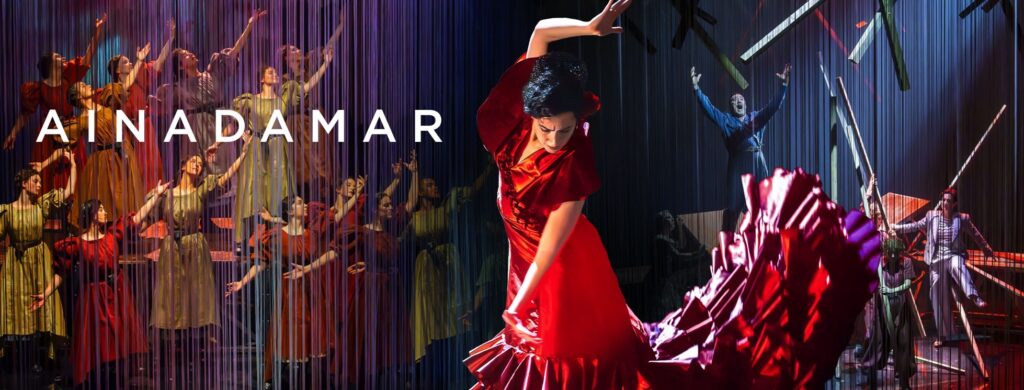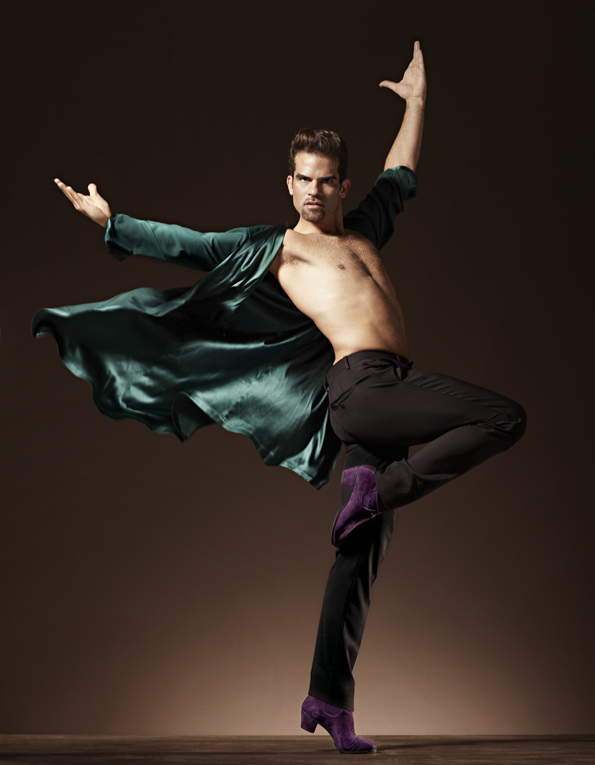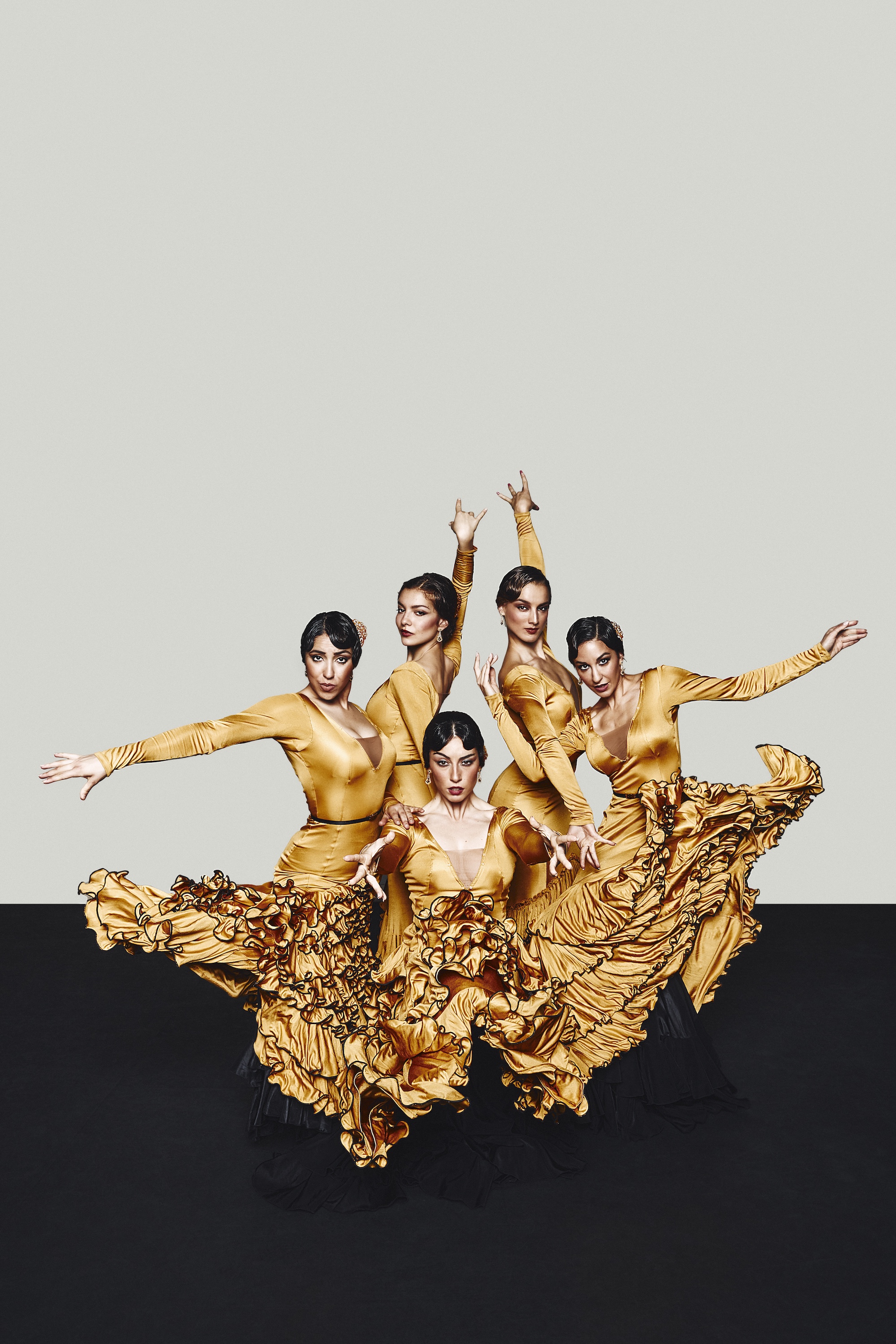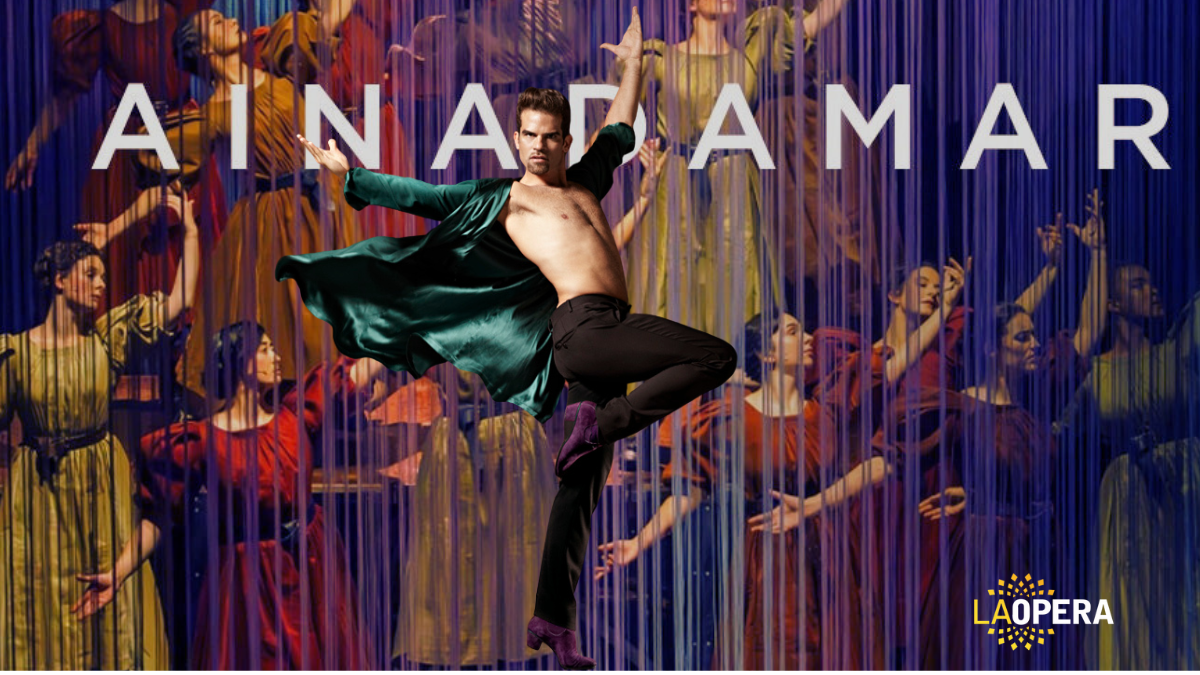(Photo Courtesy: LA Opera & Outomuro)
Ainadamar at LA OPERA April 26, through May 18th
By Judi Jordon for LATIN HEAT
In Spain, the legacy of poet, playwright and political martyr Federico García Lorca (1898–1936) is ever-present—etched into the hearts of artists across generations. Liberal, openly gay, and vocal supporter of the Spanish Republic, Lorca was executed without trial by firing squad at the Andalusian natural spring, Ainadamar; Arabic for “Fountain of Tears”. Lorca’s physical body was never found but his magnificent work; poetry, drama, and prose includes over a dozen major plays, including the iconic Blood Wedding (1933), Yerma (1934), and The House of Bernarda Alba (1936)—a trilogy that delves into themes of repression, honor, and female agency in Andalusian society. His poetry “Gypsy Ballads” (1928) and “Poet in New York” (published posthumously in 1940) deftly blend Gitano and modern concepts, with symbolism, passion and Andalusian visions.

Lorca’s Spanish romanticism and avant-garde surrealism are an integral force in 20th-century literature. A perfect subject for OPERA as song and dance were such a huge part of Lorca’s life canvas. Today his tragic end has a chilling resonance, one felt profoundly in L.A. OPERA’S masterful production of Ainadamar. And there was only one man to translate this legacy into dance Antonio Najarro.
Much-awarded, the delightful Najarro is a notorious perfectionist and Mr. 110%. “When auditioning dancers he looks for the ‘complete package’ and may see 500 dancers to find just one that can fluidly execute his unique vision; in Ainadamar that translates to ballet, flamenco and modern dance, all seamlessly woven into the narrative.

For Spanish superstar, choreographer and former director of Ballet National of Spain, Antonio Najarro, Lorca’s work isn’t merely an influence; it’s a spiritual force, a cultural flame that continues to inspire across borders and mediums. After an impressively smooth tech rehearsal in the Dorothy Chandler Pavilion, perfectionist Najarro took a breath and a break to share his passion for Lorca, teamwork, crafting unforgettable dance, and what drives him to the edge.
Collaborating with conductor Lina González-Granados on Ainadamar, Najarro found an ideal partner—open, intuitive, and rhythmically attuned to flamenco’s complex timing. “It’s not easy for an orchestra to follow flamenco,” he says. “But Lina embraced every challenge. She loves dance, and that makes everything easier.”
“Every artist in Spain, at some point, ‘touches’ Lorca,” Najarro says. “We are always speaking about him—his poetry, his thinking. He left his message open to interpretation. You can do many versions of his poems, and I love that.” Najarro recently returned from a sold-out run in Madrid with his namesake dance company’s critically acclaimed production, Romance Sonámbulo at Teatro MIRA de Pozuelo de Alarcón in Madrid, inspired by one of Lorca’s most haunting poems.
For Ainadamar Najarro leans into Lorca’s dreamlike mysticism, crafting a spiritual, non-terrestrial piece that seduces audiences through night, moonlight, and mystery. “It’s not traditional,” he explains. “It’s something deeper—more emotional, more expressive.”
Najarro’s undeniable artistry incorporates and punctuates the subtle and surreal tone perfectly as Ainadamar portrays Lorca’s final days and his impassioned yet doomed relationship with actress Margarita Xirgu.
Directed by Brazilian choreographer Deborah Colker, the opera has traveled from Glasgow and Detroit to the Metropolitan Opera and now to Los Angeles. “This opera is not only about Lorca’s life—it’s about emotion,” Najarro says. “The singers dance, the dancers act, everything is expression.”

Expression is the engine of Najarro’s philosophy—tempered always by rigorous technique. Whether it’s flamenco, ballet, or contemporary dance, his performers are required to master diverse movement styles with both precision and passion. “For my company, dancers must be very versatile,” he explains. “My choreography is elegant, technical, but it must also be pure. I need their footwork, their castanet technique—it’s like playing an instrument.” Working in harmony with Grammy-winning composer Osvaldo Golijov, Najarro emphasized the importance of understanding the emotional reasoning behind each composition.
Instrumentality comes alive in Ainadamar, particularly in the striking opening solo piece that blends flamenco footwork with modern movement atop a table, backed by flamenco percussion and electronic soundscapes. “It’s the bullfight,” Najarro says. “The strength, the risk, the image of the bull. Lorca loved that tension between life and death. That’s what this choreography is.”
Tickets at https://laopera.org/performances/2025/ainadamar



